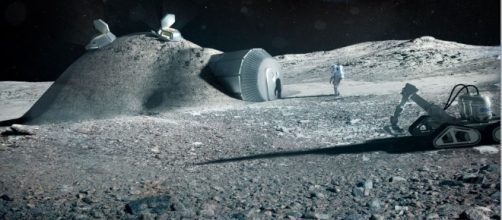While the Trump administration continues to mull what sort of space policy it would like, the European Union and china are negotiating joint projects, including Beijing’s participation in the European Space Agency’s moon Village. If The United States does not hurry, it may be faced with a European-Chinese (with perhaps Russia to follow) space axis that could leave it behind in a new effort toward the moon. The United States would be forced to either go without Europe, though perhaps with other allies such as Japan. Canada, and India, or joining a space alliance that includes China, which it is prohibited from most joint space activities by federal law.
The problem is, thanks to a variety of China’s misdeeds, the federal government has forbidden NASA from most space cooperation with that country. China has engaged in cyber espionage, imperialist games in the South China Sea and the East China Sea, and human rights violations. So any plan for NASA to join a Moon Village effort that also includes China would require a controversial change in the law. Such a change would have difficulty passing so long as China does not moderate its behavior.
China has made no secret of its lunar ambitions. It has launched a number of probes to Earth’s nearest neighbor, including a rover a few years ago. It intends to land a robotic probe on the lunar far side and a sample return mission. The ESA is anxious to participate in any analysis of a geological sample China might return from the moon.
The European Moon Village concept involving a number of national space agencies such as the ESA and NASA, as well as commercial companies, locating habitats in the same location for mutual support. The idea has received considerable interest around the world and might serve as the basis of a joint return to the moon effort.
The problem is, despite hints of a return to the moon with commercial partnerships coming from the Trump administration, nothing has been set on paper or spoken of publicly. Until a new space policy is rolled out and implemented, with a NASA administrator nominated and a National Space Council formed, the space agency will remain in a state of limbo, with the current Journey to Mars program proceeding on autopilot.
Trump can repair things by placing space on a slightly higher priority and setting a new direction sooner rather than later. Time still exists to get a return to the moon program started in earnest and forestall a European-Chinese axis that might freeze the United States out of the moon.

